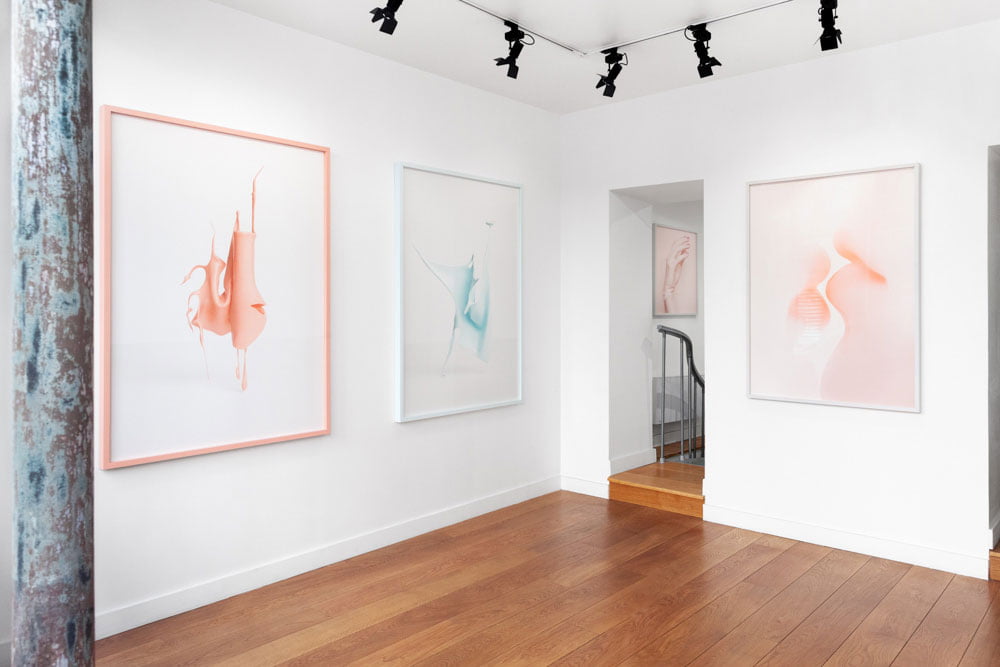INTERVIEW
The Sacrifices We Make for Beauty
WITH MARTA ZGIERSKA
An interview with Marta Zgierska
Every year we run a Series Award through which we celebrate series of work from emerging photographers. The winner receives a solo exhibition and this year we’re collaborating with Galerie Intervalle in Paris – a global hub for photographic practice, hosting exhibitions, talks and events, as well as representing 10 of the most exciting emerging artists in the photographic sphere. The Series Award is open to all Life Framer Members.
In the lead up to the deadline for this year’s award (31 August 2019) we’re sharing a number of articles that explore the work of Galerie Intervalle’s represented artists…
“In the modern world, Beauty is god. A deity that requires frequent sacrifice. I make votive wax figures to beseech the deity to make me beautiful. By covering my own body in a wax shell, I myself become a votive figure. I make a sacrifice of my body to this new god. The color on the wax is not decorative in itself, it is driven by the beauty products used to decorate the body, a representation of the cult of beauty. The trace of lipstick, shining through the waxen layer, marks the point of contact between the living body and the shell. A technological disposition creeping into delicate, pleasant images. The beauty of the body has become religion, and its cult, in a paradoxical twist, spreads best through virtual reality, gaining millions of followers in the process. For many, the depiction of appealing, desirable body becomes the only pursuit, a way of life, a stepping stone to a life of fame and fortune. The body and its beauty have become commodities that can be monetized to an unprecedented extent. And inexorably, we ourselves have become a part of that particular reality, a reality that can no longer be changed, even by a mass shift in consciousness.” Marta Zgierska – Votive Figure
Here we ask Marta about the challenges of such a project and all of her thoughts, feelings, and stories that she captured in this series.
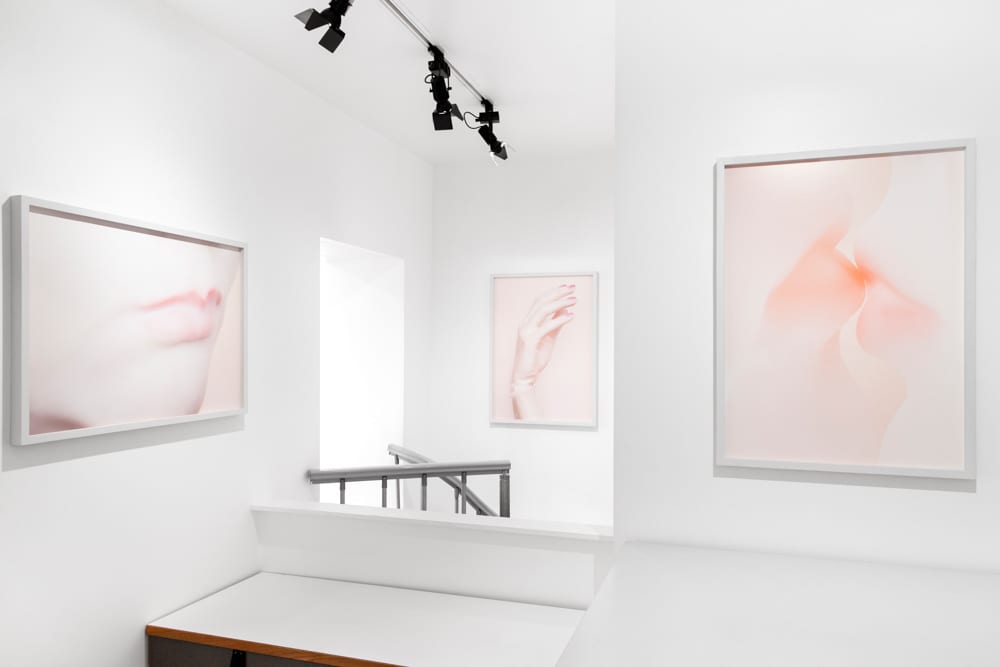
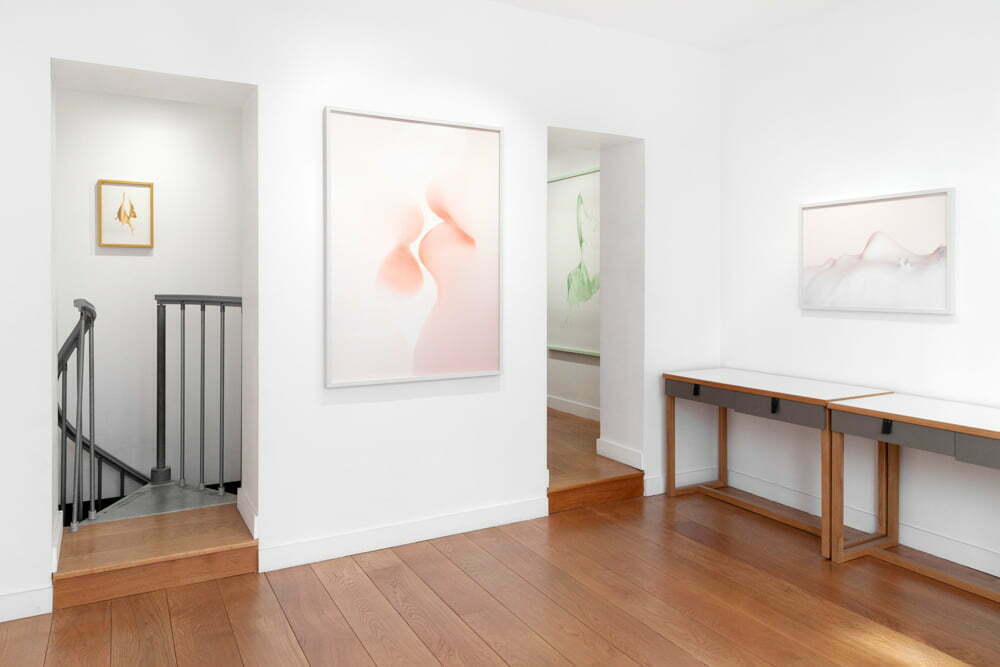
In Votive Figure, the images seem so sensual and feminine, yet each has something somewhat disturbing about them. What feelings were you intending to invoke with them?
During my solo exhibition at the Galerie Intervalle in Paris, several people shared with me their feelings independently. These emotions were very similar: feelings of uneasy, disturbed, sense of danger. It’s fascinating what boundary emotions can shine through the wax, which looks as frosting in beautiful, rose tones images.
I think that refferings, which I used to create “Votive Figure” and talk about beauty standars are enable the activation of various emotions in viewers.
First, the strong reference to the religious context. The votive figure, often made of wax, has been offered in places of worship as a pleading or thanksgiving offering for centuries to modern times. Offering often has the form of a human figure or body fragments, which we pray for.
Second, the unique properties of wax build important meanings and contexts: temporality, variability of physical state, fragility. It makes you think about fragility and vanishing of our bodies.
In your description of the Votive Figure series, you mention that you turned yourself into a votive and that in doing so you were sacrificing yourself to the god (goddess?) of beauty. What feelings came up for you as you did this? How did those feelings affect the final images?
I want to draw attention to some aspects of our current, often virtual lives. This my reflection on the beauty standards in the contemporary world, women’s image which is under the permanent pressure. I’m asking what is the real importance of our efforts to stay young and beautiful?
I think that my dominant private feelings during working on this photographs are anxiety and some kind of confusion, as well as the feeling that this “beauty” pression also weighs on me – as a woman and as an artist. How many things about caring on my look are stranger to me? How difficult is this effort and whether it is necessary for us at all?
Back to the first question, swirling anxiety and a scratch on our beautiful image presented in social media, the splinter of truth, are speaking through images.
You’ve mentioned in a previous interview that you often find it hard to finish something that is related to myself, because you want to do it perfectly. How did that come into play here?
From time when I decided to work on subjects, which are always relevant for me on a personal level, I’ve gained strength, to finish my works. Here “Post” series is especially important, connected with a big turn in my life – a serious car accident in which I almost died.
The difficulty of the process is probably what enables me to create valuable works. This passing through the process builds meaning and ultimately gives me the strength to finish my artistic expression.
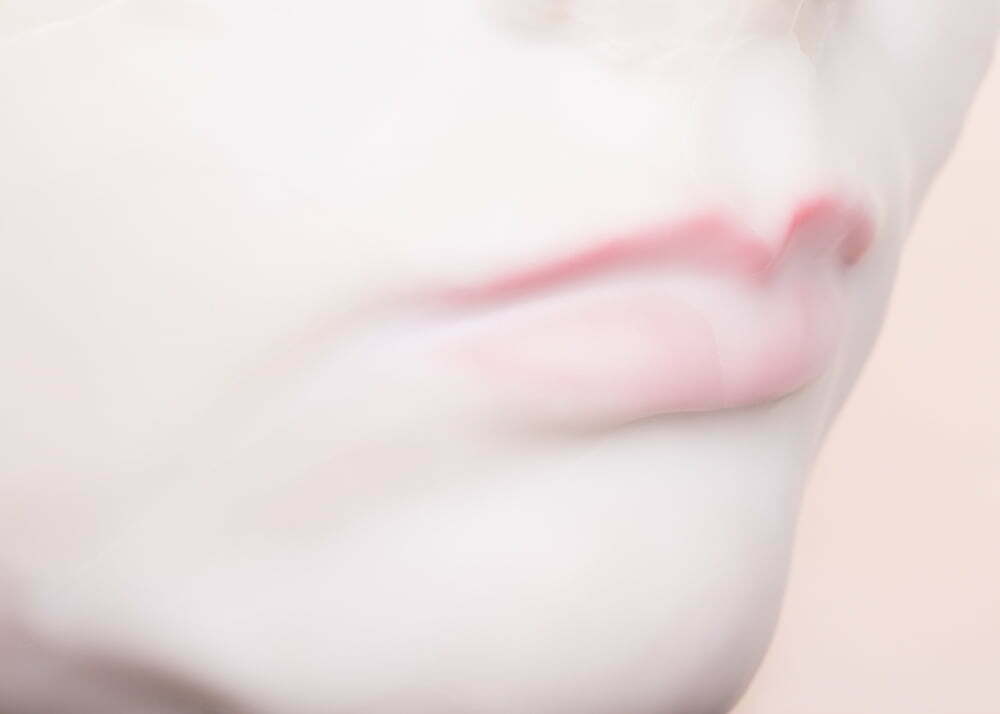
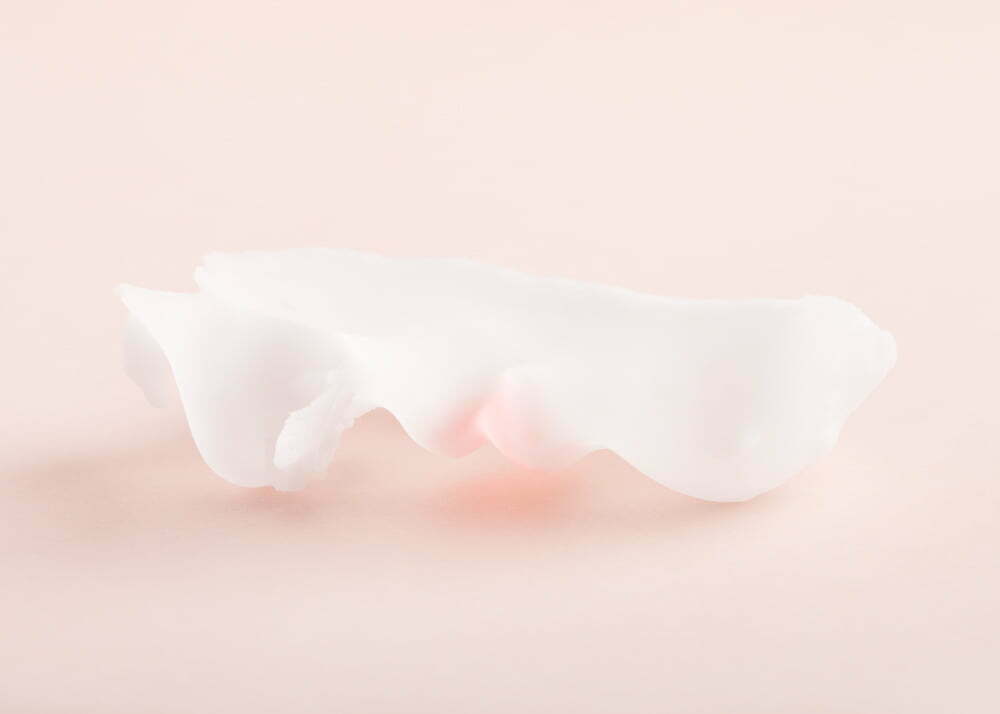
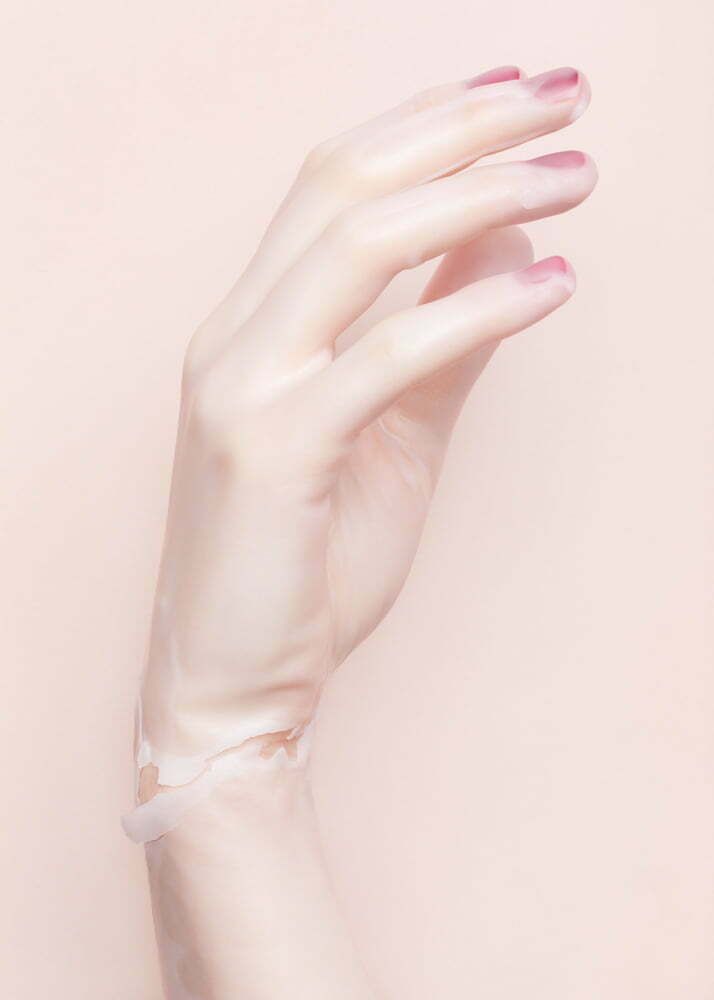
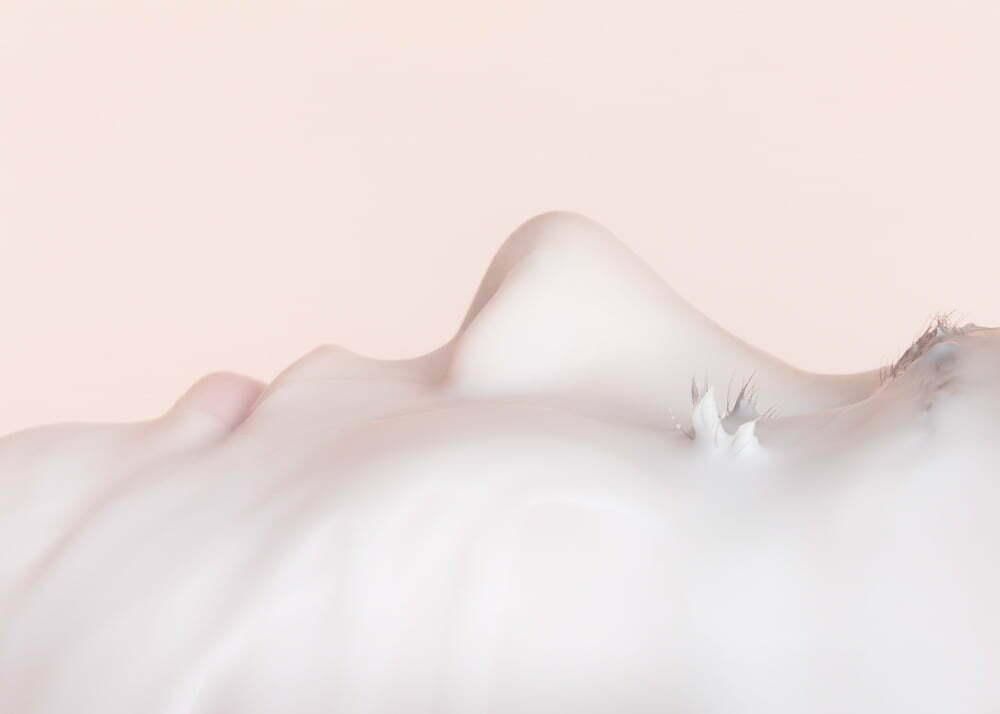
Your work brings up a lot of questions about the nature of beauty, especially feminine beauty. Did you start from some place in particular with the questions and end up with a different understanding after the project was finished?
It is probably more a deepening the raised problems and searching for new visual forms and means of communication for them, rather than a process of change.
Placing burning wax on your face and especially on your eyelashes can be quite a dangerous and difficult process. Was going through that danger and difficulty important for this series?
I pour dissolve, hot wax on my body and yes – it’s difficult, often harmful. But I have to be the votive figure, otherwise it will not be my personal gesture. My works are always some kind of selfportait, very often non-typical.
The long performative process, hidden behind the final photographs is a basis for my practice. This way I accumulate meanings that later concentrate below the surface of the image.
Did making these two series change you in any way?
Every new work makes me more sensible. Thanks to “Afterbeauty” and “Votive Figure”, I started working on another topics, such as canons of beauty, position of woman and human condition in the contemporary world.
I have also opened myself to full palete of colors. In previous “Post” series gray colour, combined with strong, single motives and lack of movement, is supposed to be like a silent scream, a paralysis, which best reflect how I find myself in the context of the tension accumulate through fears, phobias, traumatic experiences.
In new works I play with beauty surface. I create beautiful, colorful shapes in “Afterbeauty” and pretty, sweet images in “Votive Figure”, or something that seems so at first glance. You can broke this shell, go inside, and discover the importance of contrast between soft picture and the hard process which only shine through the image.
What meaning would you like the viewer to get out of the series? What questions would you like them to ask themselves?
In order to telling about current beauty, I intentionally decided to use aesthetics characteristic for the beauty market. Ideally, the viewer go through this layer and could see the meanings behind it. This discovery is the most valuable difference, which tells a lot about us and about difficulties in a reception of today visual messages. We are buying wrapping, we like easy solutions, we don’t have time to study details. This is my play, a bit risky, because stay on the surface is really possible.
It would be great if we could realize about nowadays processes in the society and that inexorably, we ourselves have become a part of that particular reality.
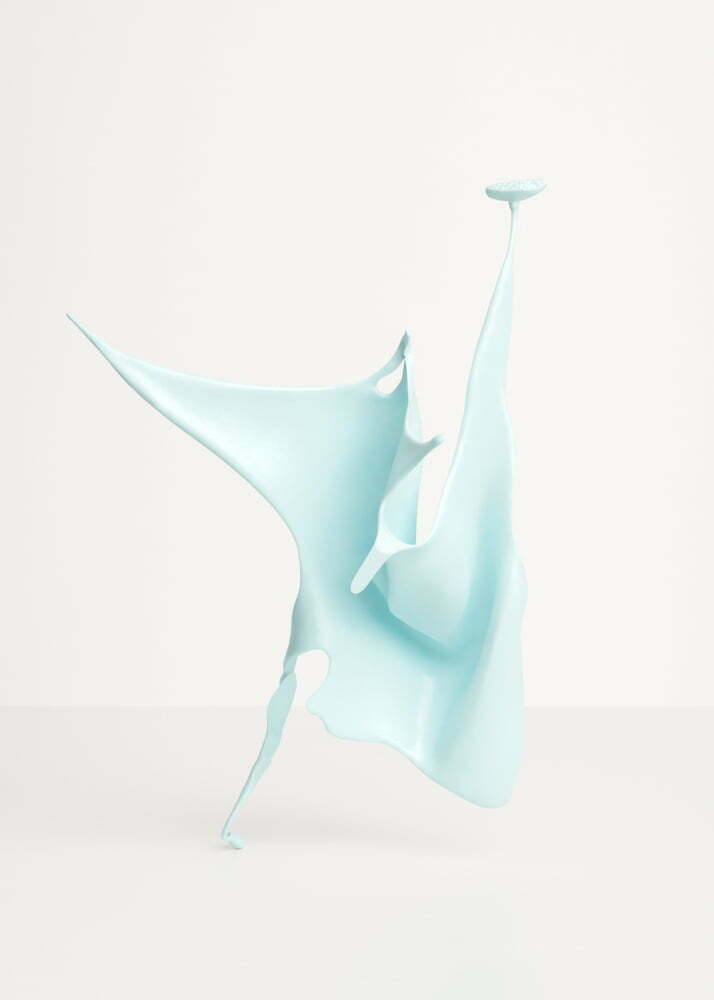
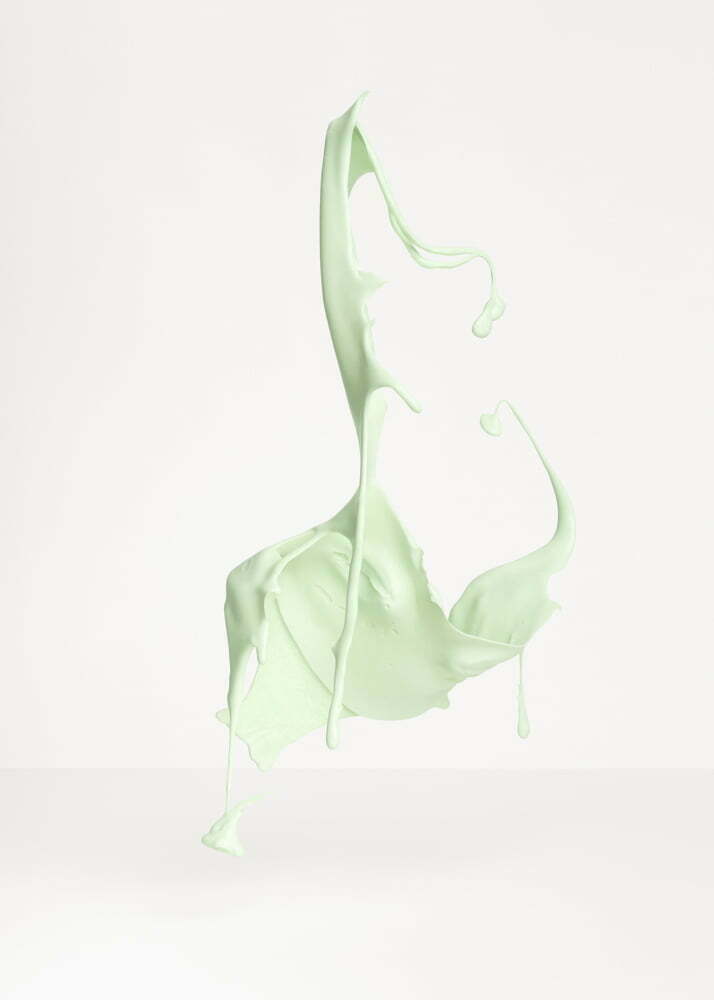
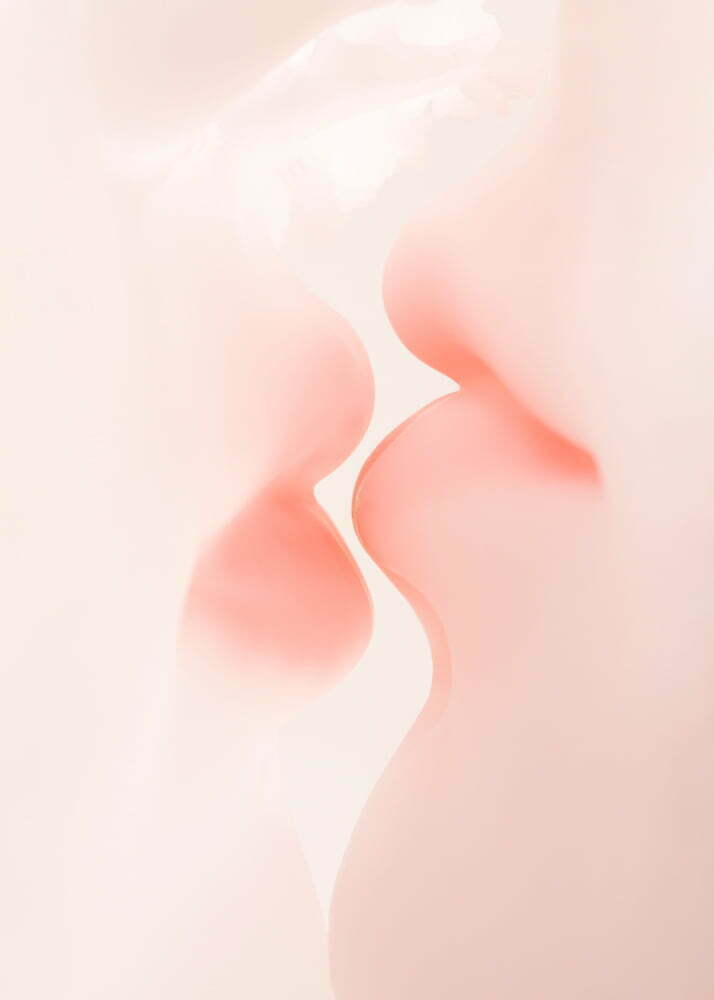
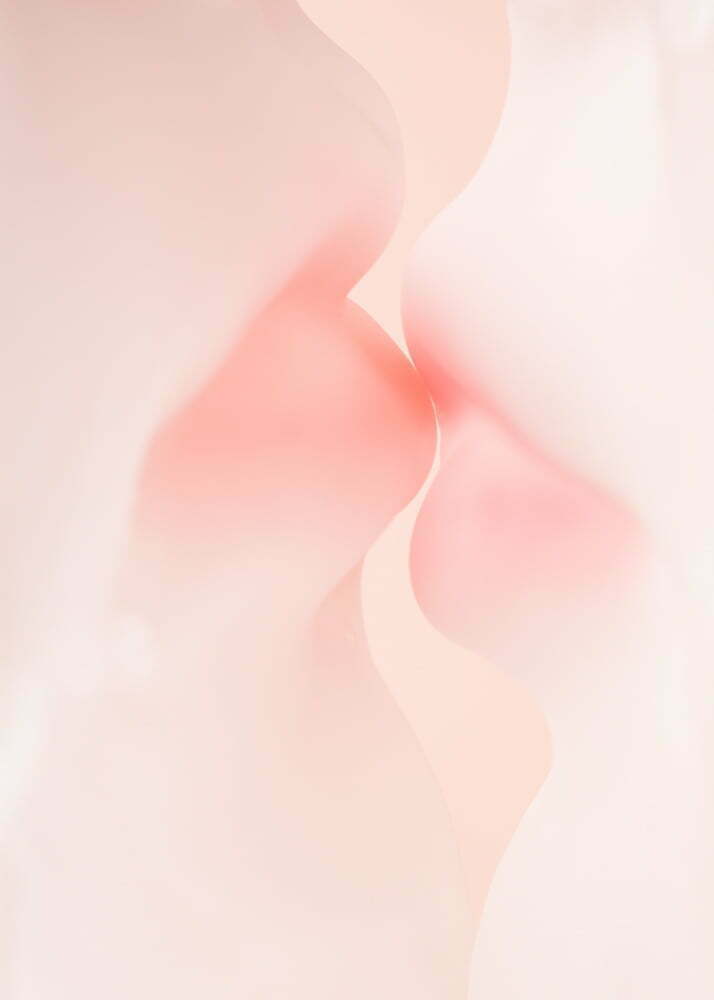
All images © Marta Zgierska
See more at www.martazgierska.com and follow her on Instagram: @martazgierska_
In September there will be 2 exhibitions of “Afterbeauty” and “Votive Figure” series: “Rituals I, Correlations”, Fotogalerie Wien, 2 September – 5 October 2019 (group exhibition) “Blush”, Gowen Contemporary Gallery in Geneva, 26 September – 17 November 2019 (solo exhibition)
